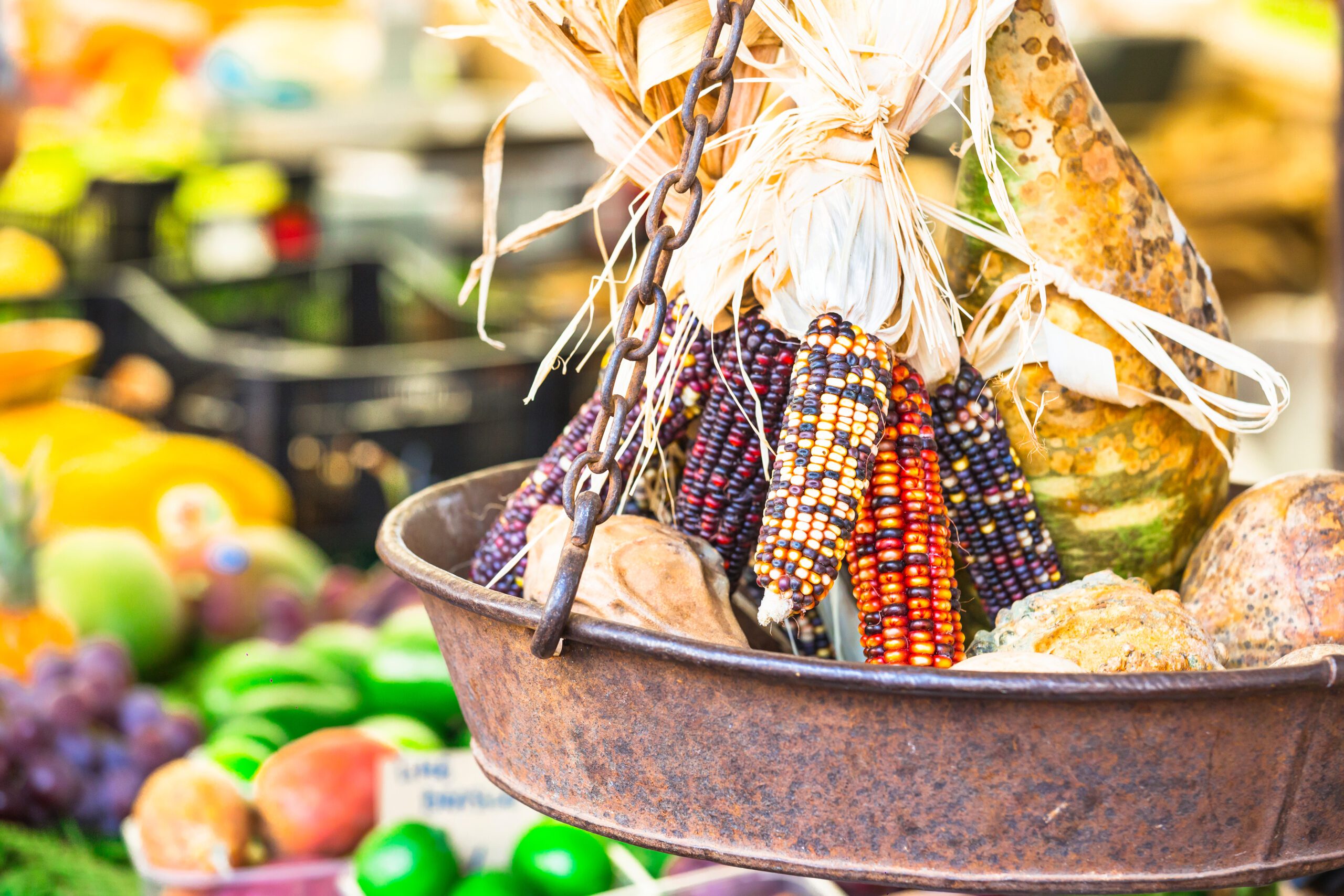When considering the actions we can take to make the world more sustainable, a common thought is that new technologies will lead the way. Innovative, clean tech isn’t an incorrect way of tackling things. operations like carbon capture and storage are getting more efficient every year, as are renewable energy setups like solar panels and wind turbines. With that said, new methods aren’t alone in offering sustainable systems. There are some practices that have been around for quite some time that can be implemented as well.
One problem with over-emphasizing modern sustainability tech as the lone solution is that it can leave us blind to many past lessons. Whether known or not, societies before the industrialized era often employed techniques in agriculture that could often be considered more sustainable than those that followed.
These techniques are especially true for Indigenous communities living in the U.S. today. To many of the nearly 600 federally recognized Tribes across the nation, sustainable farming practices have been so firmly ingrained within their cultures that they persisted long after the introduction of post-industrial farming methods. These philosophies are centered around making nature work for itself rather than utilizing complex machinery that requires a power source.
One such practice has long been used by members of the Washoe Tribe in northern California and Nevada. It involves a trio of crops that each possess a few unique attributes which help cover for the weaknesses of the others.
Often referred to as the “Three Sisters,” this traditional combination of corn, beans, and squash has been employed by Washoe culture and language director Herman Fillmore in his community’s garden for the last eight years.

The corn grows thick stalks used to support the bean vines that encircle them. The beans transmit nitrogen back down into the soil, which helps grow the squash. The squash then uses its spiked leaves to protect all three crops.
The Three Sisters strategy is just one example of the multitude of ways we can use these longstanding practices in a modern context. Another is ”agroforestry,” which focuses on the central idea of tree cover and what it can do for crop health. Many Indigenous groups have traditionally planted trees over their fields to provide a significant degree of nature-based environmental regulation. A thick tree cover can give the benefit of increased stability for the underlying crop in terms of temperature and protects from over-exposure to elements like wind, rain, and even sunlight.
No discussion about Native farming practices would be complete without mentioning crop rotations. Before modern fertilizer, Indigenous people discovered that their fields would bear a more productive harvest if given enough variety. If they were growing corn and only corn each season in an area, the underlying soil would gradually become less and less productive with the passing of every year. By ensuring that each plot saw a different crop each season, the ground would remain strong and less susceptible to pests or disease.
These practices and others like them are a part of the fabric of Indigenous culture. As the recent pandemic brought significant stress to the global food supply chain, perhaps there is some credence to the idea of nature-based self-sustainability as seen in these communities.





